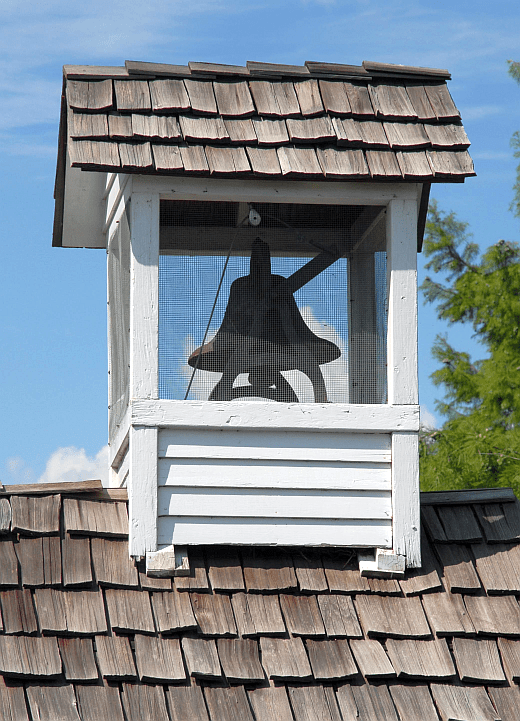Charter schools are an alternative education system gaining popularity in the United States after the charter law was passed in 1990.
These schools receive money from public education, but are free from some rules, statutes and regulations that are otherwise levied on public schools in exchange for types of accountability for producing assured results. However, it’s gaining popularity and the increase in numbers show that present day education innovation is not only limited to reforms in the regular style of schools. In fact, it’s creating new milestones in the education field.
Charter schools give freedom to create tailor made programs while they ensure the community needs.
Basic concept of the charter school
The basic concept of charter school was designed in 1970s. Its credit mainly goes to an educator from New England known as Ray Budde. In his theory he said that group of educators should be given contracts to run small schools by the local existing schools and explore new approaches of education.

In 1980s Philadelphia had schools running within a school, and they were called charters. After the success of these schools, many others were opened and all had three basic values: responsibility, opportunity and choice for results. From then on there was no looking back, and charter schools emerged as new innovation in education policy.
Charter schools are schools of choice
Charter schools are known for being schools of choice. Basically they are an alternative to regular schools that are open by choice and attended by choice. More and more parents and educators are looking at charter schools as an innovation to existing public schools. Parents and children have the choice to choose and enroll in the school that offers their preferred learning styles. Same goes with teachers and administrators. They also have more choice to make decisions related to the running of schools.
Charter schools are not very big in size. They generally have only 242 students as compared to 539 students in regular public schools. They have a wide variety of curriculum that serves different types of communities.
Components necessary to run a charter school
1. Proper state legislation.
2. The state’s authorizing entity (usually a board or trust).
3. The people who want to run the charter school.
These schools are granted for a limited period of time (approximately 3-4 years) and after that they have to get their grant renewed. These grants are mainly dependable on performance which includes a school’s mission, vision, programs, student served, goals, assessment methods and success rate.
Charter schools are measured by academic results
These schools have the pressure to excel and achieve good academic results as they are answerable to their sponsors (be it the local school or any trust). These schools are measured on their academic results rather than receiving funding based on student population or enrollment numbers only.
Related article
Charter Schools Take a Few Hits and Come Back Fighting